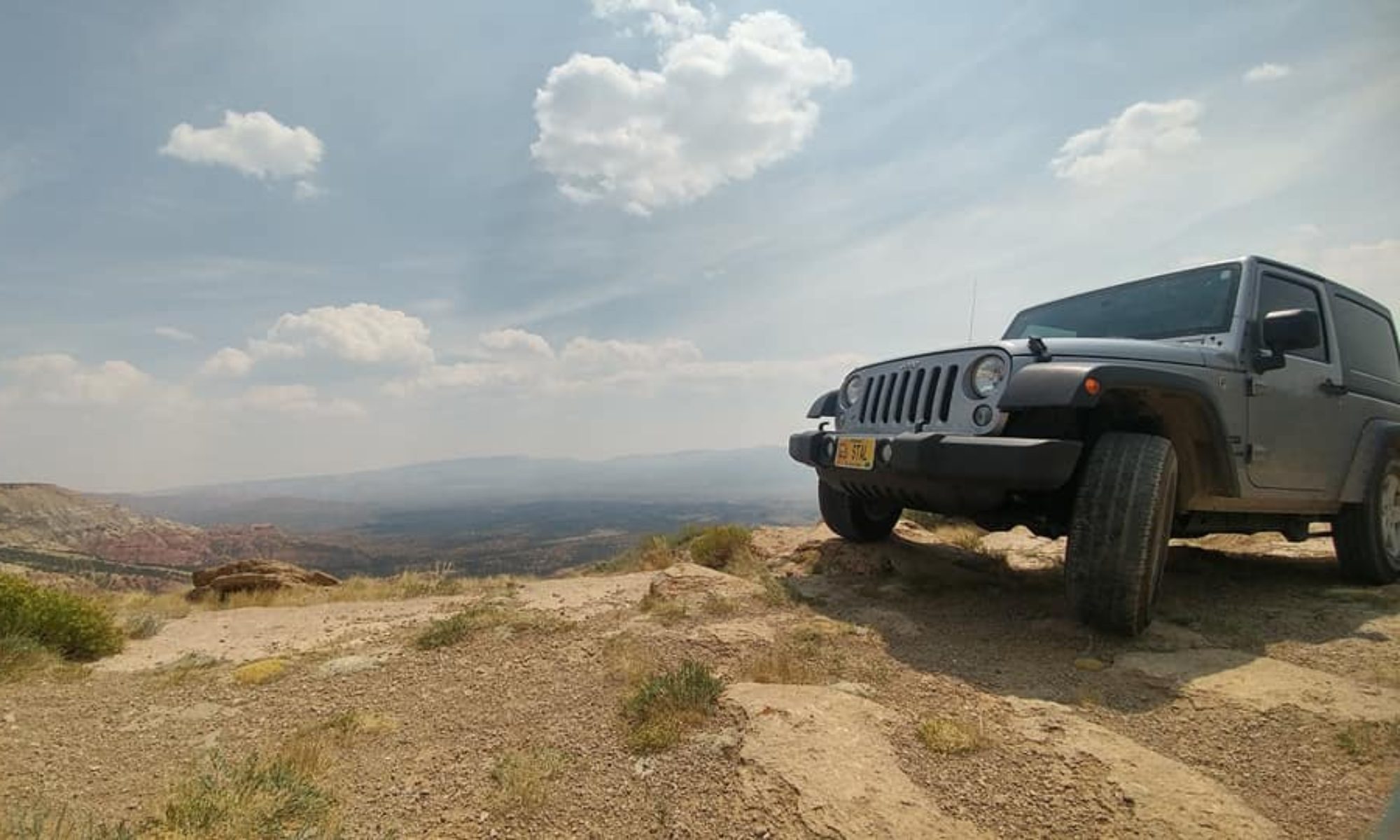A valley that sits between the Blue Ridge and the Ridge & Valley parts of the Appalachian Mountains, Shenandoah is a gorgeous area full of rivers, farms, and most notably in my case, caves. Most of these caverns lie in the Beekmantown Formation of Ordovician age. Today was a chance to visit a cave of a different region to study it’s speleothem development, and to take in what Shenandoah Valley has to offer.
I had made a game plan for today and the next, but I decided to throw it out the window and go with the flow. I had no idea just how many caverns were in the area and I decided I would see at least two to get a better idea of this area’s karst development. The first cave I decided to see boasted the title of being the deepest cavern on the East coast: Natural Bridge Caverns.
The cave tour wasn’t all that long, a guided tour through the caverns, and the cave wasn’t too highly decorated. Moss and bacteria covered many areas, including the limited speleothems that were present. It seems that this area is well known for the cave’s namesake, the Natural Bridge, and thus gains most of the company’s attention. Unfortunate because this cave could be a much better tour if they did a little preservation effort. The cave has two natural entrances, which may have explained the lack of speleothem development due to an increase in air flow.(Or perhaps the overlying lithology that is less permeable?)
I gathered my information and photos with scale from the cave, and more information to research later thanks to an incredibly helpful staff member behind the desk who answered my questions as honestly as he could, and admitted what he did not know. I always appreciate it when a cave tour guide admits they don’t know and offers a venue to obtain the information. The worst is when tour guides start making things up, and luckily this particular man (not my actual tour guide) of Natural Bridge Caverns was honest and helpful enough to do just that.
After the cave it was time to do some country driving on my way to my KOA campsite. Shenandoah Valley is, after all, well known for it’s fantastic agricultural landscape nestled between the mountains. The view was gorgeous, rolling fields of green with the mountains standing against the sky in the background. I went to a grocery store to get something to cook at camp, having directions gained from my helpful KOA hostess. This was certainly the biggest grocery store I have ever seen. It was the size of a large Wal-Mart supercenter, yet it was all groceries! I had trouble locating my potatoes….until I realized they had their own section. The produce section of this grocery store is almost the size of the entire grocery store back in Missouri.
My campsite was pretty nice considering I am used to camping in State and National parks. KOA’s always have ample amenities thorughout the camp. My site was in a quiet, forested area near a small brook that trickled along. I was able to cook my food (while holding my breath, it turns out the Jalapenos from this monster of a grocery store were extra powerful and I couldn’t breath near my food while cooking..!!!) and settle down in front of my fire (which consisted of the fire starters, the logs never set….ha ha…) in peace and quiet.
Tomorrow I plan to visit another cave of the Shenandoah Valley, and I have a couple ideas. I don’t know which one I’ll stop at for sure. Sometimes it’s best to play it by ear rather than have it planned. What I do know is that I will have fun no matter where I go. Adventurous spirits don’t find adventurous places, they find adventure everywhere, and anywhere, they go. Until tomorrow’s adventure-
Nicole

